The Ultimate Step-By-Step Guide on – How to Balance Radiators
If you have hot and cold spots on some of your radiators or find that some radiators get warm whilst others do not, then your radiators need balancing.
Now don’t worry because it’s a pretty simple DIY job and in this step-by-step guide on how to balance radiators we’re going to give you all of the information you’ll need on how to get your radiators all fired up and back to their best.
What Tools Will You Need?
- Radiator bleeding key
- Lockshield valve adjuster or adjustable spanner
- Screwdriver
- Digital thermometer or multimeter with a thermometer function
Step 1 – Turn Off Your Heating
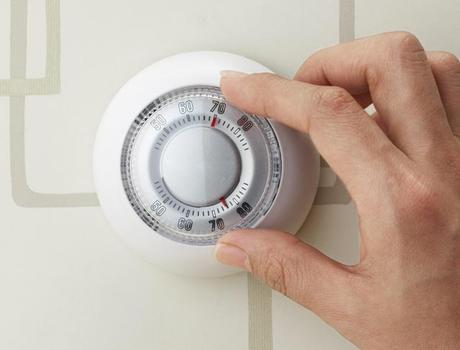
Make sure all the radiators have been bled (here’s a guide on how to do that). Turn off the central heating and let the radiators cool down, until they are completely cold.
Step 2 – Get To Know Your Radiator Valves
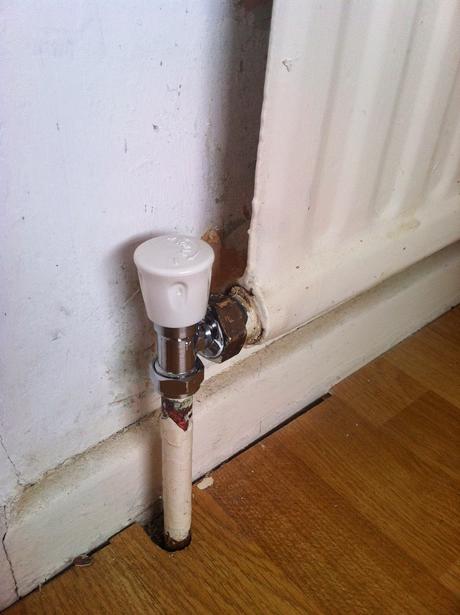
Find and familiarise yourself with the valves on your radiators. This is a lockshield valve and will usually have a push-on cap, or a cap that is secured with a screw through the top of it. Remove the cap altogether.
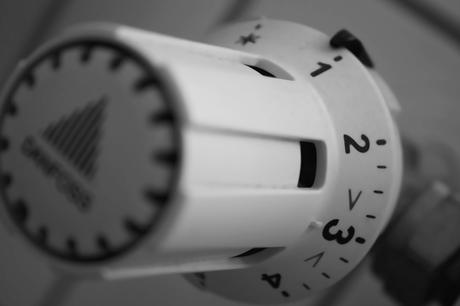
Many modern homes will have TRVs – Thermostatic Radiator Valves – attached to most of the radiators on the opposite side from the lockshield valves.
Step 3 – Open All Your Radiator Valves
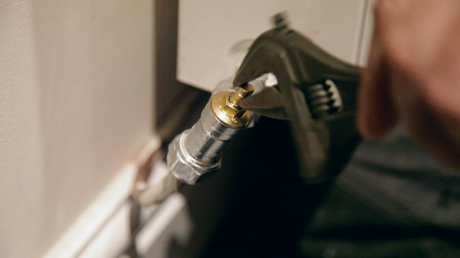
Open up the valves on every radiator in the house by turning them anti-clockwise. Thermostatic valves or older wheel-head valves can be turned quite easily by hand but the lockshield valve will need a plastic adjuster or a spanner to open it.
Step 4 – Check How Your System Heats Up
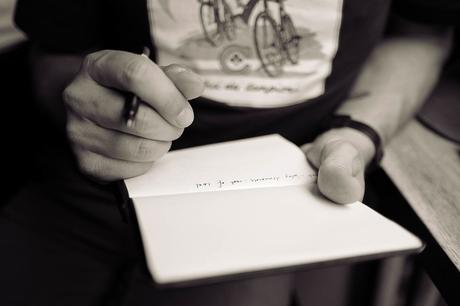
Once all of the valves have been successfully opened, turn the central heating back on and take note of the order in which the radiators heat up.
Radiators nearest the boiler will often get hot first and, if you have a large home with lots of rooms and radiators, it might be an idea to employ a little help to ensure you get the job done properly.
Step 5 – Turn Your Heating Off Again (Wait)
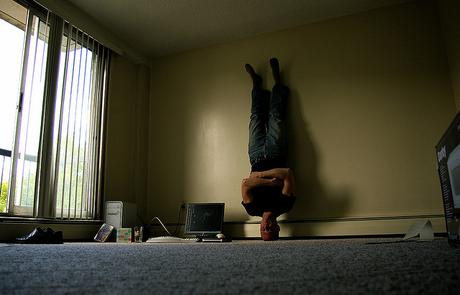
Turn the heating off and wait for the radiators to cool down – this may be a good time to practice some yoga or something.
Step 6 – Go To The First Rad To Heat Up
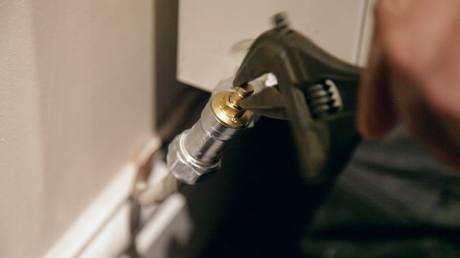
When the radiators are cool, turn the heating back on and go to the radiator on your list that began to heat up first.
Turn the lockshield valve clockwise on this radiator until it is closed and then open it again by quarter of a turn.
Step 7 – Take Your Radiators Temperature
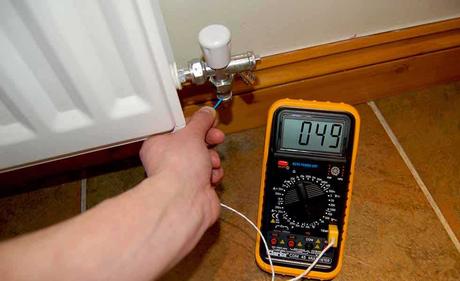
When the radiator is nicely warmed up, take a temperature reading at the pipework leading to one of the valves.
Step 8 – Take The Temperature Of The Pipework
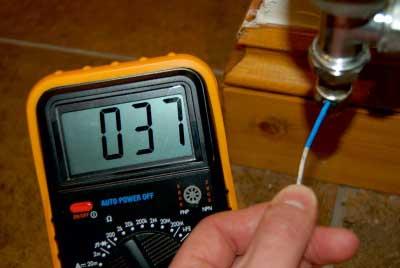
Next, take a temperature reading at the pipework which leads to the valve on the other side of the radiator, gradually opening the lockshield valve until there is a 12°c difference between that, and the temperature reading from the previous step.
It’s important to ensure that you leave a couple of minutes after each adjustment to the radiator valves in order to allow the temperature to change.
Please Note: The temperatures in these images may not necessarily be relevant to your radiator – just ensure there’s a 12°C difference in the temperatures you record at opposite valves, that’s what is important.
Step 9 – Check Each Radiator On Your List
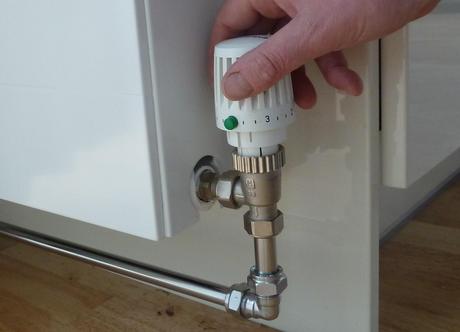
Now, check the rest of the radiators in the order on your list. Generally, the further the radiator is from the boiler, the more the lockshield valve will have to be opened. In order to balance your radiators correctly you may have to have the lockshield valve opened fully at the final radiator.
Step 10 – Sit Back & Relax
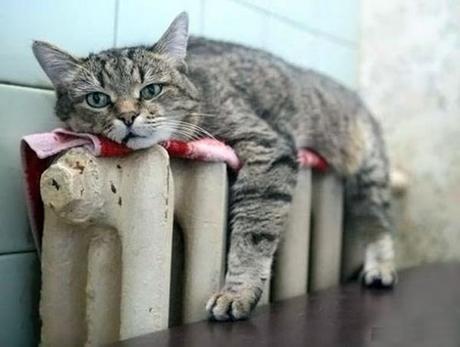
Sit back, relax and enjoy the warm and comforting glow of your newly balanced radiators.
Now it’s time to balance your radiators
And there you have it, all the information you need to bring some balance to your radiators and your home heating.
So now you know how to balance a radiator why not let us know how you got on when you did it yourself or if you’re a bit stuck and need to ask any other questions, feel free to leave a comment below or visit us on Facebook, Twitter and YouTube.
All the very best balancing your radiators.
Stay Safe and Happy Heating!

